what is “maskne” & how to treat it
Raise your hand if your skin has been a little off lately. Don’t worry, you are NOT alone.
By now we’re all familiar with the struggles of wearing a mask every day and let’s be real: it is not the best. Although super necessary, wearing a mask can be uncomfortable, hard to breathe in, and as it turns out… not so great for our skin.
Whether we like it or not, masks are important. Studies show that wearing a face mask along with other preventive measures can help slow the spread of the virus and help keep us, and everyone around us, safe.
In this article we’ll discuss what we can do to help our skin better adjust to this “new normal” which for many of us includes “maskne”.
What is “maskne”?
Many people have seen an influx of irritation around their mask lines or have begun to experience new breakouts from the long term effects wearing a mask. This is where the term “maskne” comes from.
“Maskne” or mask acne is a very real thing.
Some of us may be required to wear a mask at work which means long hours of not being able to take our masks off. Others are able to work from home and just have to wear one when out and about. Either way, maskne can happen whether you’re required to wear a mask a lot or a little.
It all depends on the type of skin, but one thing is for sure – if you’re acne prone or have sensitive skin, you’re probably dealing with mask irritation a lot more others.
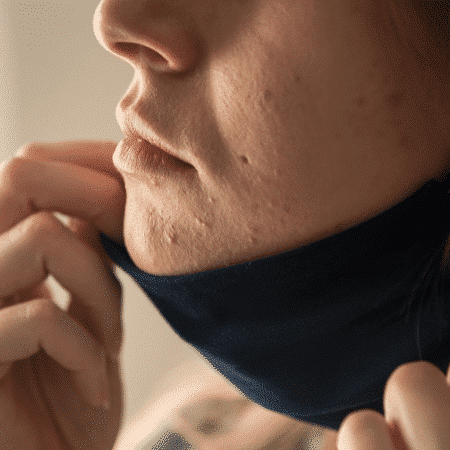
What causes maskne?
One of the main reasons wearing a mask can cause acne is excessive moisture and sweat. By wearing a mask, we’re trapping most of the air we’re breathing behind it, causing a lot of warmth and moisture to develop under the mask. This can increase oil production and also allow dirt to sit on the skin’s surface. Without the regular amount of airflow our face is used to, along with the slight increase in temperature, it’s easier for bacteria and breakouts to develop on the skin under your mask.
Another reason you could be experiencing maskne is friction. People who struggle with acne or sensitive skin tend to do better when their skin isn’t being touched of rubbed. Any sort of constant friction or rubbing on the skin can make breakouts worse by causing dirt and oil that may be sitting on the skin’s surface to be pushed further into the pores.
How to prevent maskne
1. cleansing and makeup
The first step to preventing maskne is to ensure you’re really cleansing your skin. You first want to make sure your skin is thoroughly clean before putting on your face mask, and also cleanse again as soon as possible after removing your mask each day.
Double cleanse morning and night!
Start with an oil cleanser like Precleanse and follow it up with Breakout Clearing Foam Wash. This helps to proficiently lift away dead skin cells and keep those pores clear.
Avoid wearing makeup if you can. The less makeup you wear under your mask, the more your skin can breathe throughout the day. Your pores are less likely to get clogged by the mask pushing excess makeup into the skin.

Pro Tip: Only apply makeup where you can see it. You can still slay with your fav Fenty eye palette and keep your brow game strong, but no need to wear foundation under your mask if no one will see it, right? If you’re more comfortable wearing makeup under your mask, keep your application light and use a water based foundation if possible.
2. mask care
If you are able to choice which type of mask you wear, spring for a cotton or silk mask. Cotton material is more breathable than other materials, and silk allows for more slip and less friction on the skin.
Remember to wash your reusable masks. Washing your reusable mask after every use is essential for two reasons. Just like your pillow case, face masks will carry dead skin cells, dirt and oil left over from the night before.
Secondly, it is just safer for you. We’re constantly touching and adjusting our masks throughout the day and this poses a risk of transferring the virus onto your mask. If you’re wearing a disposable mask, switch it out every day if possible for the same reasons.
-
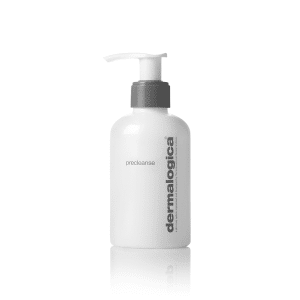
Precleanse
ProPrice range: 24,00€ through 89,00€ Select options This product has multiple variants. The options may be chosen on the product page -
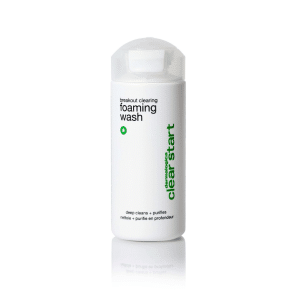
Breakout clearing foaming wash
Price range: 29,00€ through 44,00€ Select options This product has multiple variants. The options may be chosen on the product page
How to treat maskne
Fighting breakouts while not over-drying or further irritating the skin can be tricky.
First off, exfoliating with a physical scrub isn’t the best idea. This will just create more friction and that’s the last thing your skin needs after wearing a mask all day. Remember, irritation and friction are not friends. Stick to a chemical exfoliant like FlashFoliant to ensure you’re still getting the exfoliation your skin needs, without the friction it doesn’t.
Keep your moisturizing light. Applying a heavy moisturizer under a face mask where there is already a lot of trapped moisture will make it harder for your skin to breathe. Breakout Soothing Hydrating Lotion is a perfect light weight maskne go-to moisturizer specifically designed for irritated, acne prone skin. If you’re more on the sensitive side and dealing with more of a rash from your mask rather than acne, applying Barrier Repair under your mask may be a better option for you.
Spot treating is an essential step to clearing breakouts. Apply Breakout Clearing Booster after cleansing and toning to really target each pimple individually and help speed up the healing process.
Lastly – toning. Toners main job is to balance the skin’s natural PH level so you don’t want to skip this step if you’re suffering from maskne. Micro-Pore Mist soothes acne-prone skin and my favorite part about this product for this particular situation is (drumroll please) no face touching required! The Micro-Pore Mist comes in a mist bottle so you can help fight acne by applying this product at work, or while out and about without having to touch your face. Just make sure you’re at least 6 ft. away from anyone when you remove your mask to apply.
Maskne do’s and don’ts recap:
1. Thoroughly cleanse skin by double cleansing before and after wearing your face mask.
2. Limit the amount of makeup worn under your mask or switch to a lighter foundation.
3. Wash your reusable mask after every use.
4. If possible, replace disposable masks after every use.
5. Cotton and silk material masks allow for more airflow and less friction on the face while still providing protection.
6. Use lightweight, oil free products as opposed to thicker, heavier products while wearing your mask.
-
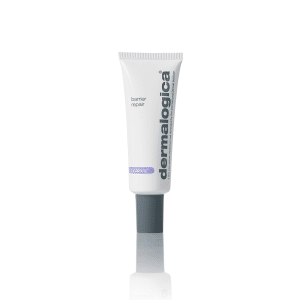
Barrier repair
Pro70,00€ Select options This product has multiple variants. The options may be chosen on the product page -
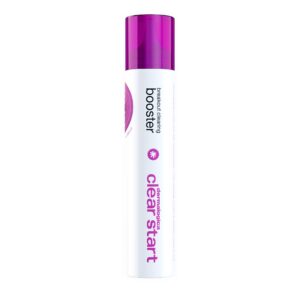
Breakout clearing booster
31,00€ Add to basket -
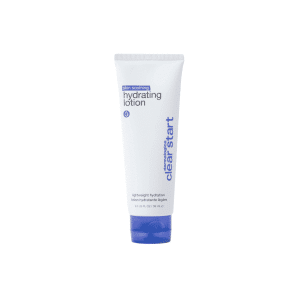
Breakout soothing hydrating lotion
31,00€ Add to basket -
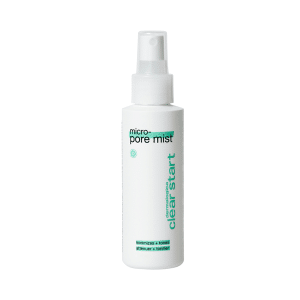
Micro-pore mist
31,00€ Add to basket
